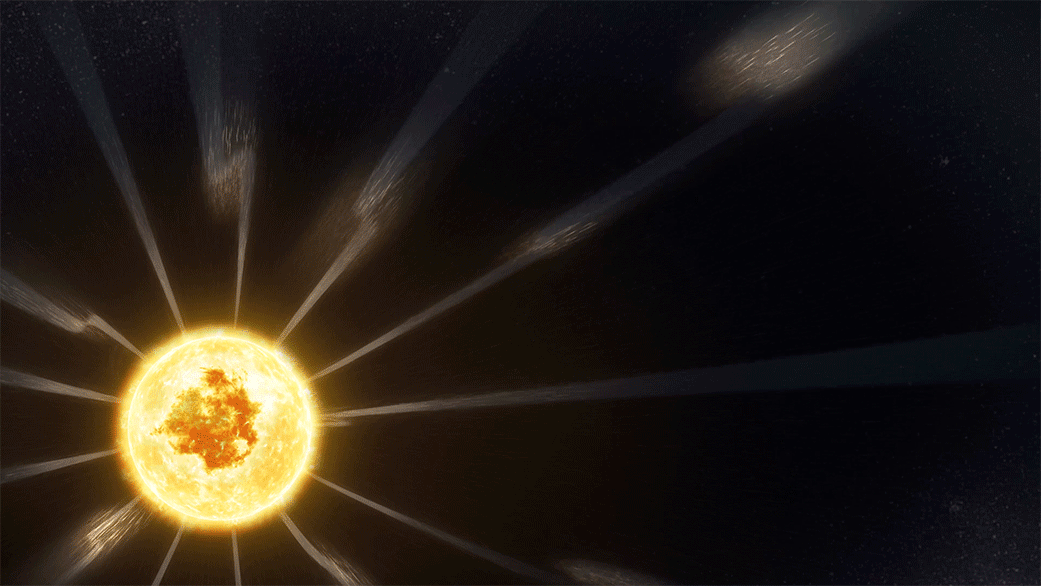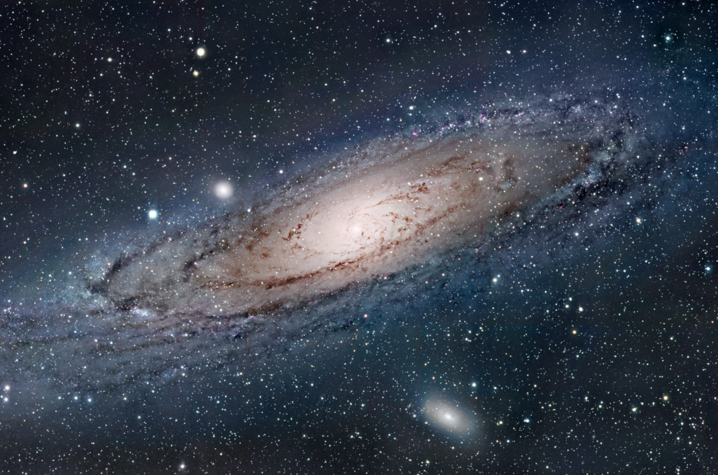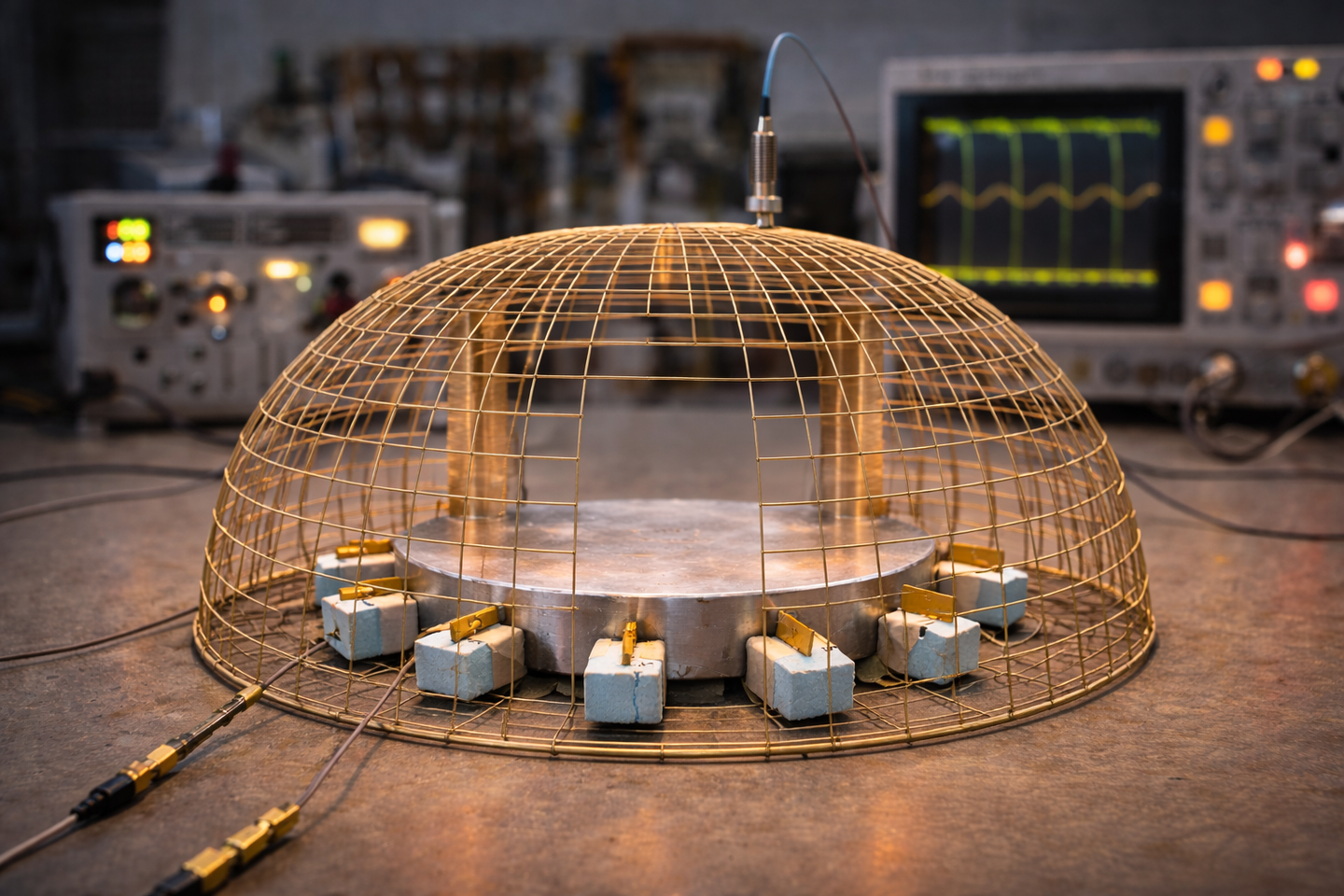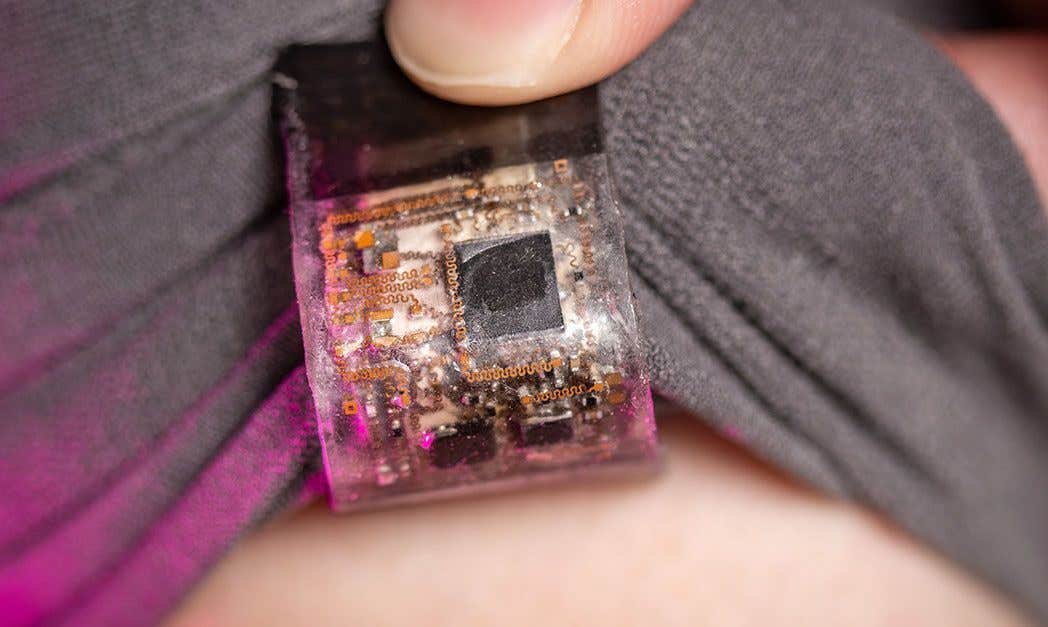NASA, ESA missions help scientists discover what powers solar winds
Scientists uncover how magnetic switchbacks drive the solar wind’s acceleration and heating, solving a 50-year mystery and advancing space weather forecasting.

This artist’s concept shows switchbacks, or large kinks in the Sun’s magnetic field.
NASA’s Goddard Space Flight Center. (CREDIT: Adriana Manrique Gutierrez)
The Sun’s influence extends far beyond its blazing surface. The solar wind, a torrent of charged particles, streams through the solar system, shaping planetary atmospheres and space weather.
Despite decades of research, scientists have puzzled over how this wind continues to gain energy as it travels through space. Now, a groundbreaking study reveals a compelling piece of this cosmic puzzle.
A team of researchers used data from NASA’s Parker Solar Probe and the European Space Agency’s (ESA) Solar Orbiter to uncover the role of Alfvén waves in energizing the solar wind. These waves, traveling along magnetic field lines, carry energy from the Sun's corona. The findings, published in Science, highlight how magnetic “switchbacks” drive the heating and acceleration of the solar wind.
Dr. Yeimy Rivera, co-leader of the study and a postdoctoral fellow at the Smithsonian Astrophysical Observatory, emphasizes the significance: “Our study addresses a huge open question about how the solar wind is energized and helps us understand how the Sun affects its environment and, ultimately, the Earth. If this process occurs in our Sun, it’s likely happening in stars across the galaxy, influencing the habitability of exoplanets.”
A New Look at Solar Wind Dynamics
The solar wind doesn’t behave like a typical gas. As it leaves the Sun, its cooling and acceleration defy expectations. Normally, an expanding gas cools rapidly, but the solar wind cools much slower, hinting at an external energy source. Alfvén waves, first theorized in the 1940s, are now proven to be critical players.
High-amplitude Alfvén waves manifest as switchbacks—sudden kinks in the magnetic field—observed during the Parker Solar Probe's close encounters with the Sun. These waves drive mechanical work on the plasma, transferring energy that accelerates and heats the solar wind.
Dr. Mike Stevens, an astrophysicist at the Center for Astrophysics and co-author of the study, recalls the skepticism these waves faced. “About three years ago, I was giving a talk about how fascinating these waves are. At the end, an astronomy professor stood up and said, ‘That’s neat, but do they actually matter?’”
Related Stories
A Rare Alignment of Spacecraft
The breakthrough came in February 2022 when Parker Solar Probe and Solar Orbiter serendipitously aligned to study the same stream of solar wind.
Parker, skimming the Sun’s outer atmosphere, detected switchback-rich slow plasma. Two days later, Solar Orbiter, positioned farther from the Sun, recorded a fast-moving, heated wind devoid of such fluctuations.
This unique alignment allowed scientists to track the wind’s journey from the Sun. “We didn’t initially realize Parker and Solar Orbiter were observing the same wind stream,” said Dr. Samuel Badman, another study co-lead. “When we connected the two, that was a real eureka moment.”
These observations confirmed that Alfvén waves in the form of switchbacks provide enough energy to account for the solar wind's unexpected heating and acceleration.
Decades of Theoretical Questions Answered
Alfvén waves have intrigued scientists since their discovery. They are fundamental to plasma physics, carrying energy through the Sun’s corona and beyond. Until recently, however, their role in the solar wind remained speculative.
Dr. John Belcher, an emeritus professor at MIT and a co-discoverer of Alfvén waves, commented on the significance of the study: “It took over half a century to confirm that Alfvenic wave acceleration and heating are important processes, and they happen in approximately the way we think they do.”
The new findings not only validate these theories but also advance our ability to forecast solar activity. Understanding the mechanics of the solar wind is crucial for predicting space weather, which can disrupt satellites, power grids, and communication systems on Earth.
Implications Beyond the Solar System
This research offers insights that extend beyond our solar system. Stellar winds, similar to the Sun's, influence the environments of other stars and their planetary systems. Understanding how these winds operate could reveal more about the conditions that make planets habitable.
“This discovery is one of the key puzzle pieces to answer the 50-year-old question of how the solar wind is accelerated and heated in the innermost portions of the heliosphere,” said Adam Szabo, Parker Solar Probe mission science lead at NASA.
The study underscores the importance of collaborative missions like Parker Solar Probe and Solar Orbiter, which push the boundaries of our understanding of the Sun. As these spacecraft continue to explore, they promise to unlock more secrets of our star, reshaping our understanding of the universe and our place within it.
Note: Materials provided above by The Brighter Side of News. Content may be edited for style and length.
Like these kind of feel good stories? Get The Brighter Side of News' newsletter.



